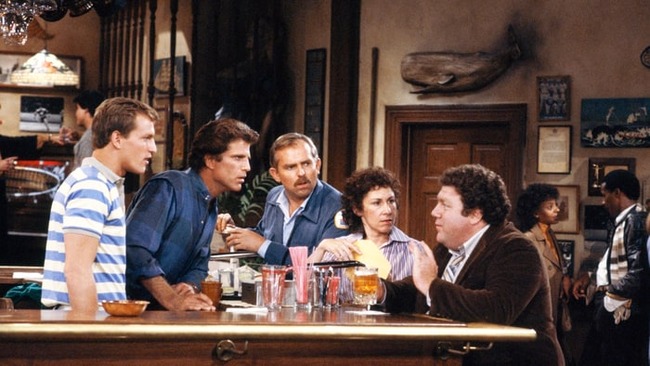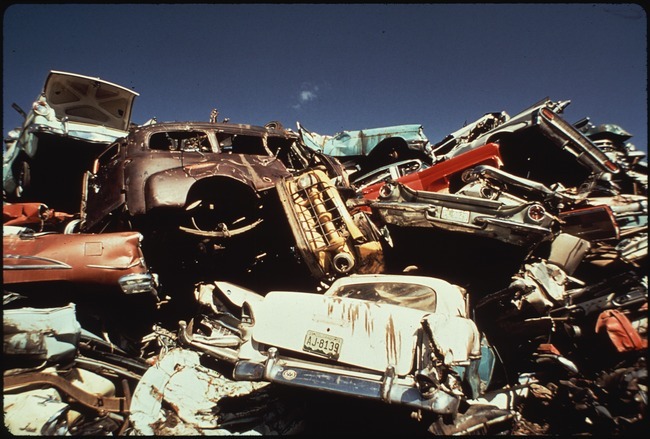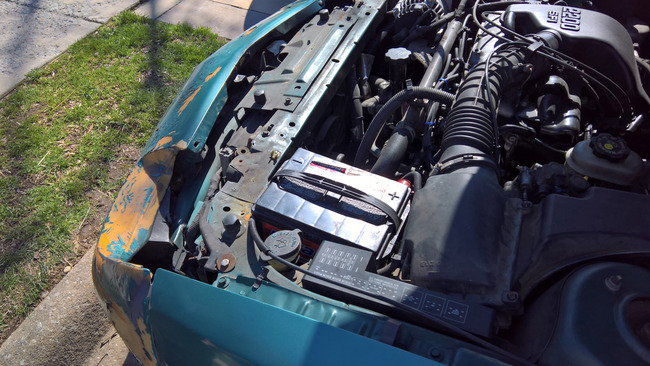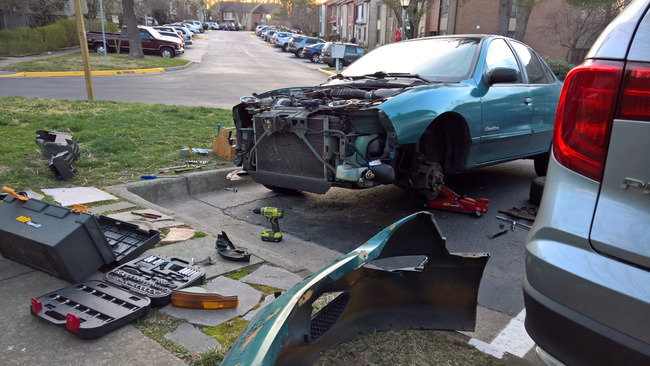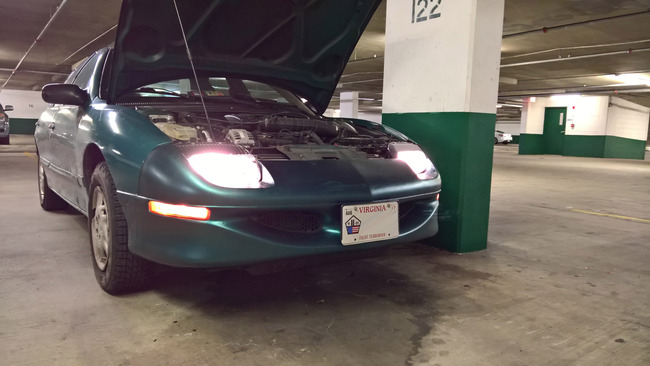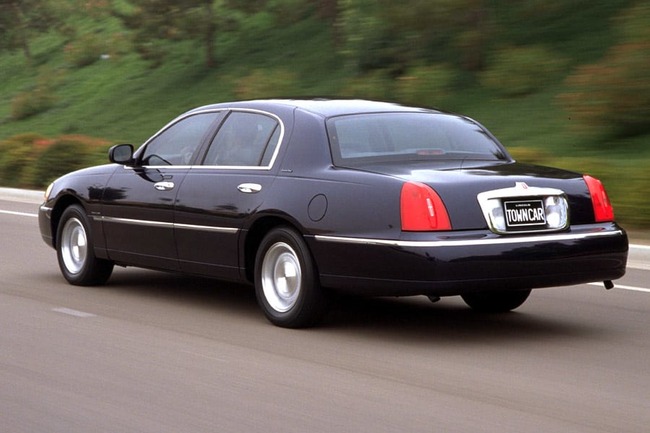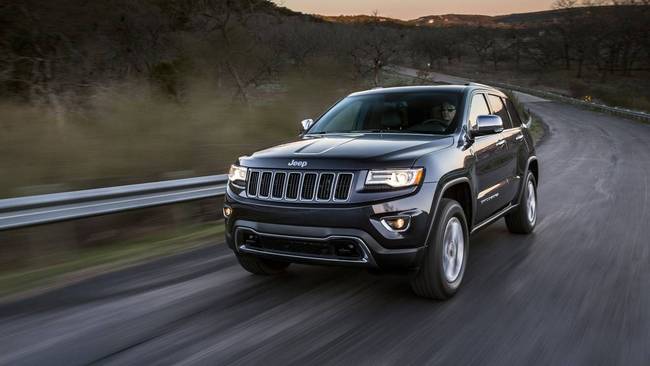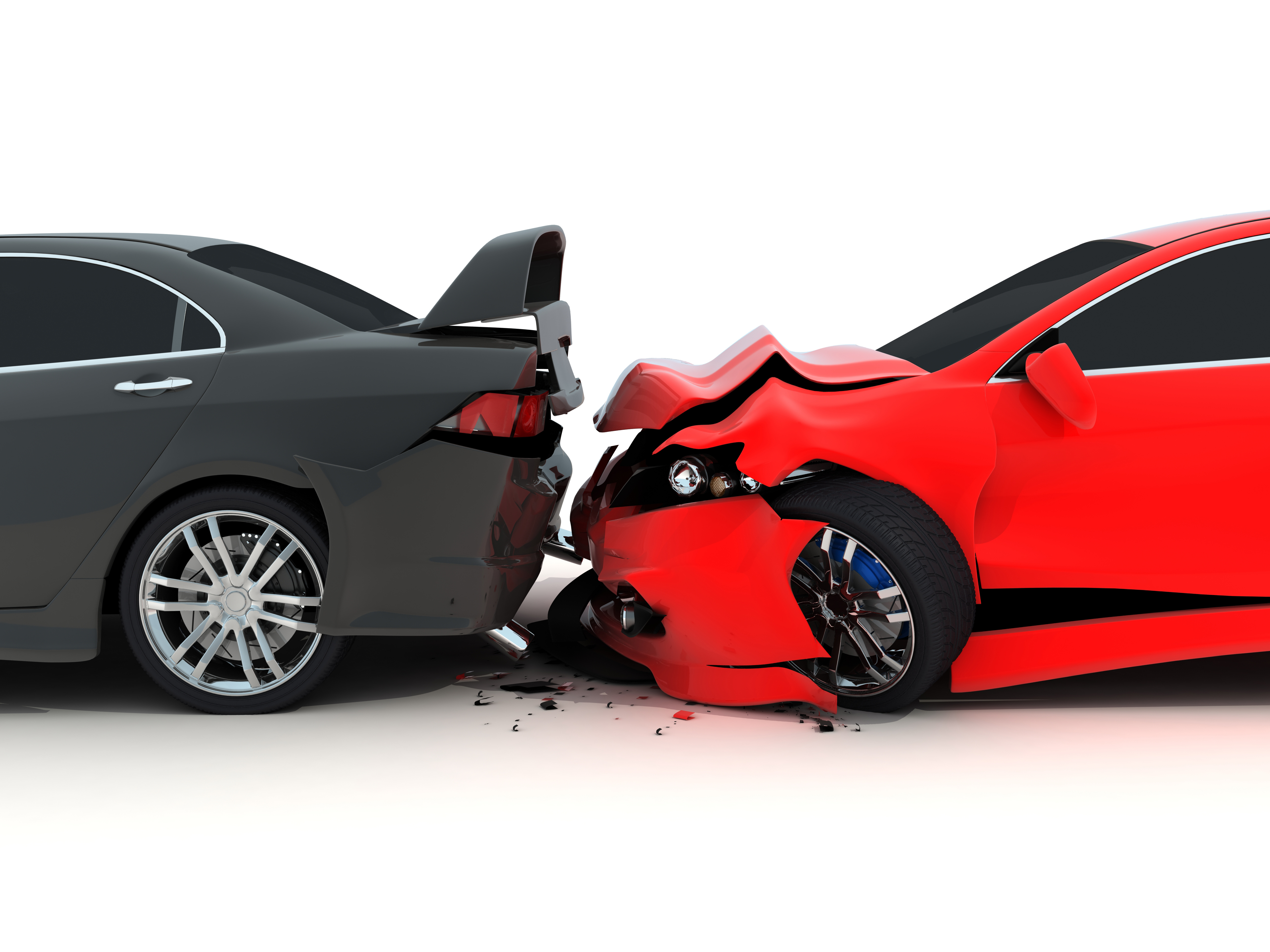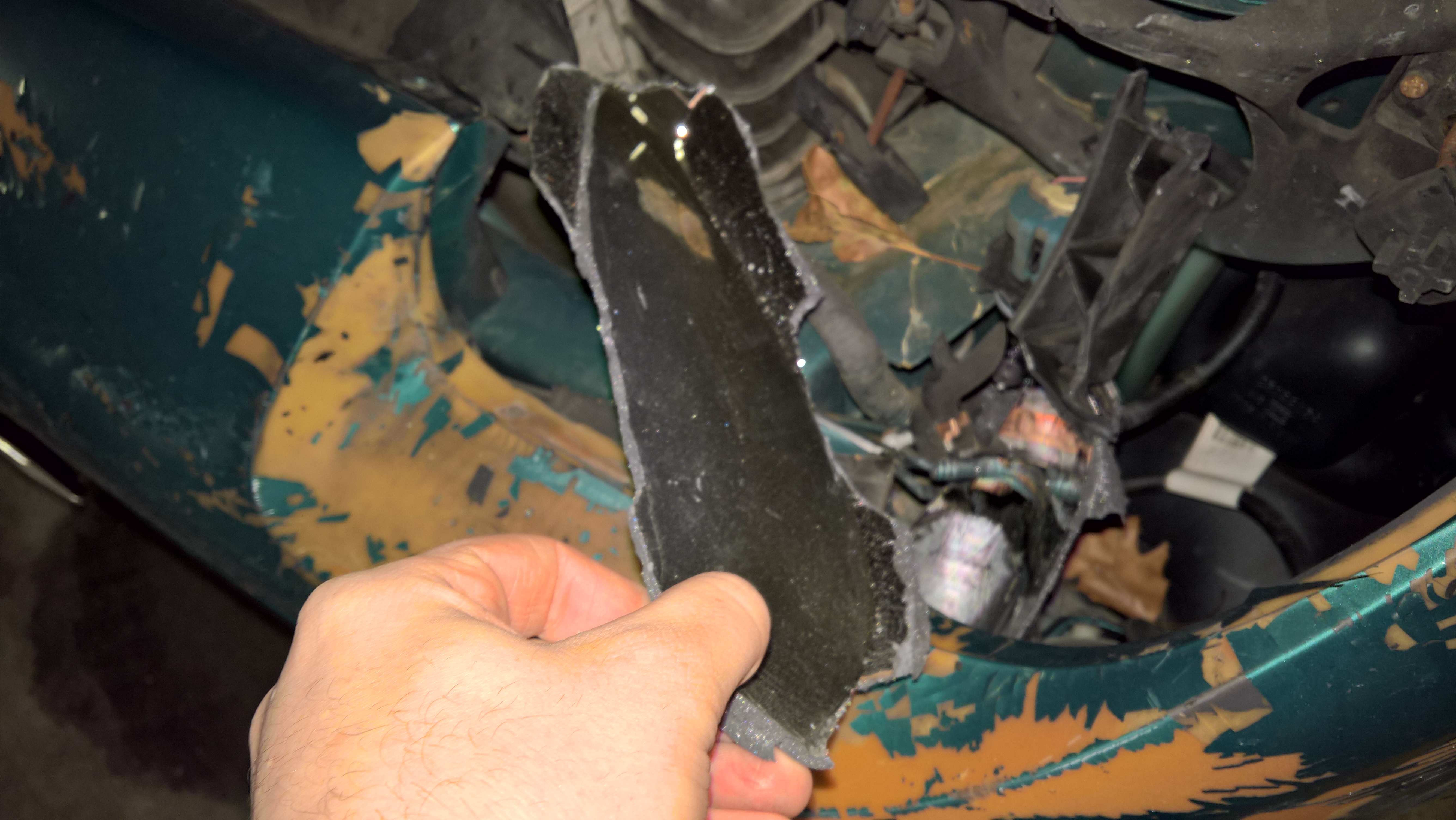#SaveEddie, Part VI: The Fortunes of Happenstance
 Thursday, November 2, 2017 at 5:34PM
Thursday, November 2, 2017 at 5:34PM This is the sixth part in a series of articles chronicling my illogical attempts to repair and restore my long-time owned Pontiac Sunfire, affectionately dubbed "Eddie." Do not anticipate expert repair advice. Trust me, an actual mechanic would have sorted this all out years ago.
Previous entries
Part I: The Coefficient of Friction
Part II: The Consequence of Inertia
Part III: The Inconvenience of Arithmetic
Part IV: The Agony of Without
Part V: The Fragility of Fasteners
It’s funny, the people you meet in a bar. I should say, it happens more frequently when you work in said bar, perhaps to the point it become unfunny, but happy coincidences happen.
So it was that I had three gentlemen from a local body shop come in for lunch, still wearing their coveralls emblazoned with the company logo. As they’re digging into their burgers washed down with locally brewed IPA, I get to talking to them and mention I’m thinking about paint for Eddie. Turns out the guy on their left is the one to talk to about that, nudge nudge.
I show them all some pictures on my phone, explaining that the still-crumpled hood and quickly-painted bumper will be replaced. That said, they tell me it would be an easy side job, taking no longer than a weekend. Phone numbers are exchanged, and they tipped well.
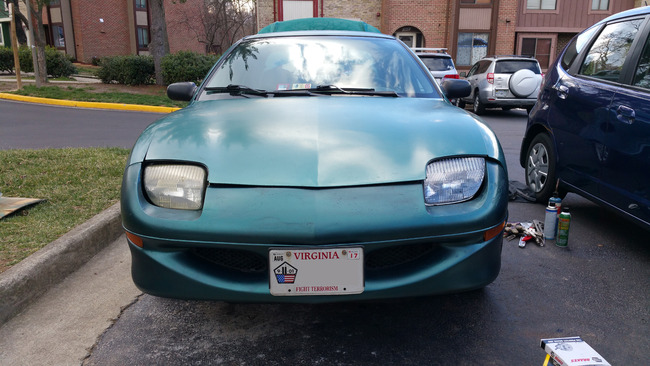 So now another piece is in place for Eddie’s resurrection. I just need to source the bumper cover and hood, which can be found online, as long as you’re willing to spring for freight shipping, which sometimes costs more than the parts themselves. Sure enough, it does, but it’s either this, or try my luck at junkyards, and the whole point is to make Eddie look good. But wait, they offer financing!
So now another piece is in place for Eddie’s resurrection. I just need to source the bumper cover and hood, which can be found online, as long as you’re willing to spring for freight shipping, which sometimes costs more than the parts themselves. Sure enough, it does, but it’s either this, or try my luck at junkyards, and the whole point is to make Eddie look good. But wait, they offer financing!
I normally don’t like paying thigs off over time, since the future is forever in flux, but for whatever reason the short term I’ve selected has zero interest, so that’s a purchase made a little more palatable by distributing the load. Oh, and the bumper absorber finally arrived; after I’d resolved to use the old one, at least temporarily.
With a source for these parts checked off, I call up my body shop acquaintance so he can look things over and give me an estimate. It occurs to me I should ask if he could give some attention to the left quarter panel, damaged by a support pillar (my fault) and the slightly caved-in left-rear door, damaged in a parking lot (not my fault, and I wish I knew who to blame). The quarter panel looks easy to him, but the door would be easier on his team and my wallet if I could find a new door, then the whole car could be given a fresh coat. This appeals to me, since the roof has been fading faster than any other body panel due to sun damage these past 19 years.
I thank him for his time and double-check I have his number saved. Now I need the parts, and I’ve figured that, since I’m replacing the nose anyway, could I swap it out for the 2000 design?
Research tells me that everything lines up, so in theory it’s just a matter of parts. With a glass of bourbon in hand, I scour the Internets for pictures of the 2000 nose to compare to Eddie. From what I can tell, the only things I’ll need are new side marker and turn signal lenses. The units are discreet from one another on the 2000, but are integrated on the SE trims 1999 and older. Then comes the method of installing them, which turns out to be an odd 11mm nut designed to cut into a plastic post to create its own thread pattern.
This is all a matter as easy as buying new parts online. Sure, I could troll around junkyards, but my vanity wants new parts, and the emotional part of my brain has declared that Eddie deserves it. However, I’m forced to reconsider once I meet with my paint guy with the car in person, and he sees the big dent in the rear-left door from a parking lot incident.
“We could hammer it out, but it’ll be easier on us and you if you could find a new door.”
Okay. Where’s that junkyard, again?
 Eddie,
Eddie,  Pontiac,
Pontiac,  SaveEddie,
SaveEddie,  Sunfire,
Sunfire,  bar,
bar,  bartending,
bartending,  body shops,
body shops,  paint | in
paint | in  LeadFoot
LeadFoot 
